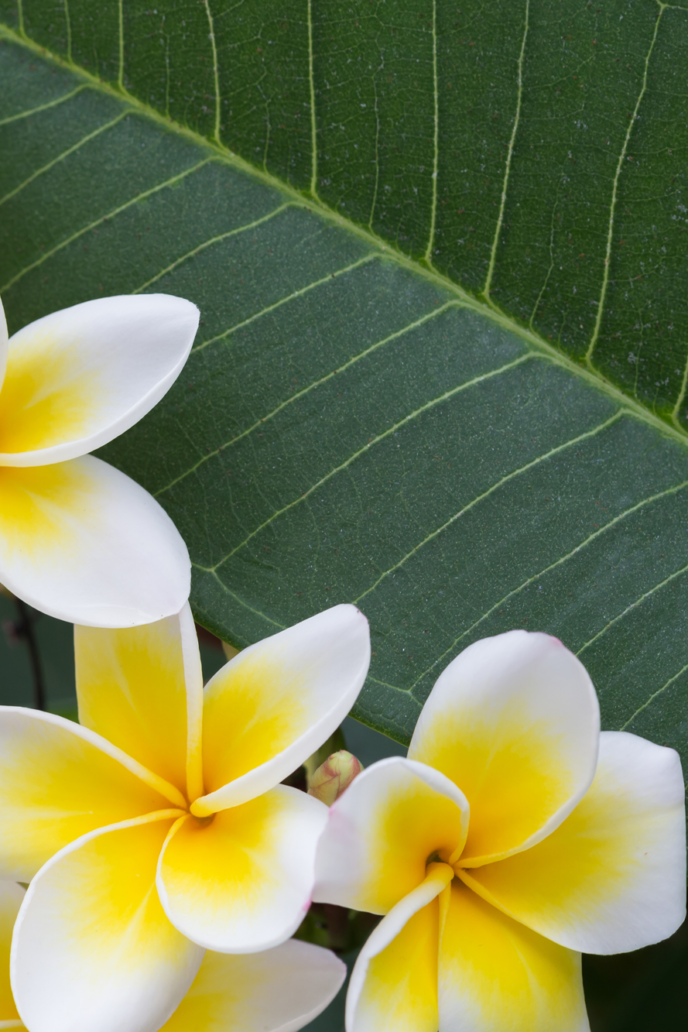The Hawaiian flower lei, known for its soft fragrance and bright colors of tropical petals, is one of the most iconic traditions in Hawaiian culture. These hand-crafted garlands have been created for centuries. Join us as we explore the lei’s deep-rooted traditions, its role in Hawaiian ceremonies, and the heartfelt stories this floral circle holds within its folds.
What is a Lei?
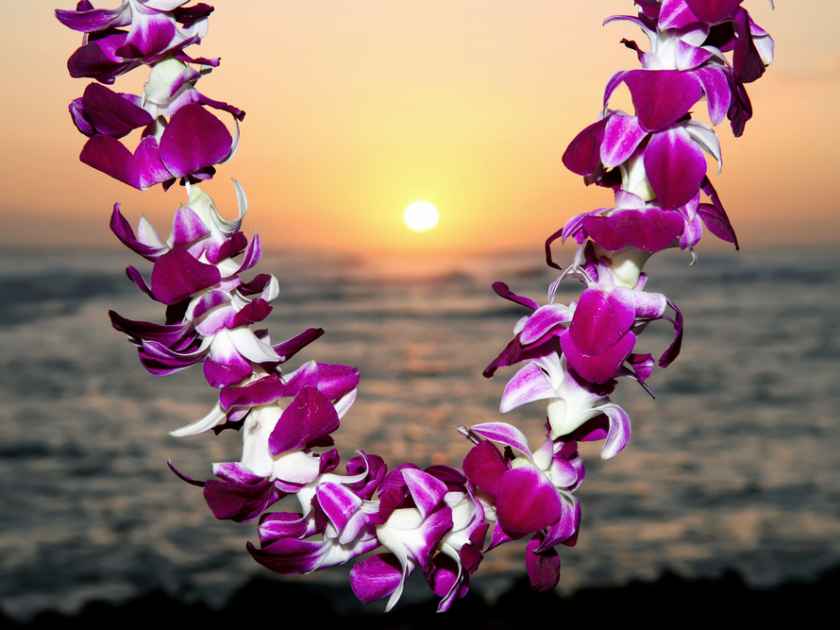
The dictionary definition of a lei is simply a garland or a wreath. The true definition is much more complex. A Hawaii Lei is more than just a beautiful, fragrant necklace of flowers—it’s a symbol of Hawaiian culture and tradition. Deeply integrated into Hawaiian society. , the Lei is a garland typically crafted from local materials like flowers, leaves, shells, nuts, and even hair. Each Lei is unique and crafted with aloha, embodying the spirit of love, celebration, and respect. Whether gifted during ceremonies, celebrations, or as a token of welcome or farewell, a Lei is more than an accessory—it serves as a tangible representation of the Aloha spirit and the vibrant beauty of Hawaii.
What is the History of Hawaiian Lei?

The rich history of lei culture dates back to the ancient Polynesians who traveled to the Hawaiian Islands by canoe, bringing with them the tradition of making and wearing local leaves, vines, and flowers. The lei was held sacred by ancient Polynesians and Asians, used in religious rituals and offered to the gods as a sign of respect and devotion. To honor their pantheon of gods, they would weave and string native plants together, and also brought these plants on their journey. When they settled into the Hawaiian islands around 750 AD, the Polynesian explorers also brought with them a variety of plants for both food and medicinal use.
As the years went by, the lei in Hawaii became more distinct to the islands, and while still similar to the lei and garlands crafted in Tahiti, Fiji, Samoa, and more. With the introduction of new flowers and techniques, the lei grew in diversity and complexity.
The lei’s iconic status was further cemented in the early 20th century with the rise of tourism brought on by the advent of trans-Pacific air travel. The lei quickly became a symbol of Hawaii’s warm hospitality, with visitors being greeted with these lovely garlands as a sign of Aloha.
Today, the lei continues to be a potent symbol of Hawaiian culture and spirit, embodying love, respect, and the unique beauty of the Hawaiian islands.
Most Popular Types of Lei
1. Maile Lei
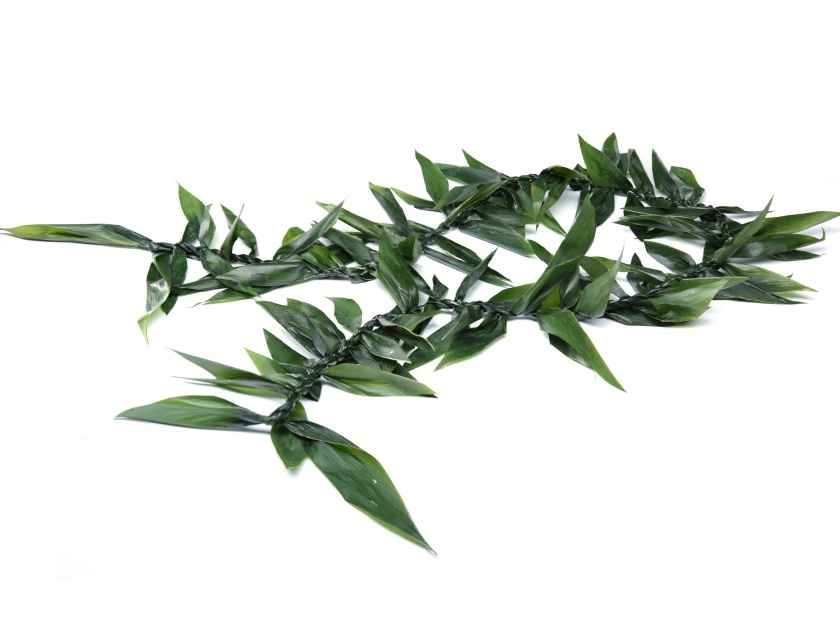
The Maile Lei holds a significant place in Hawaiian culture, steeped in ancient lore and revered for its sacredness. Made from the vines of the fragrant Maile plant, this lei is uncomplicated yet elegant, its subtle fragrance and long, leafy appearance emblematic of respect, admiration, and peace. The Maile Lei, unlike others, doesn’t include flowers, but this doesn’t diminish its beauty or significance. Instead, its soft, intertwined green leaves provide a natural elegance that speaks volumes about the deep respect and appreciation it symbolizes. Historically used in Hawaiian ceremonies and rituals, the Maile Lei is often presented at weddings, symbolizing the union of two souls, and also at graduations, signifying a major accomplishment. It’s an enduring symbol of Aloha and a poignant reminder of the beauty of simplicity and the power of tradition.
2. Purple Single Orchid Lei
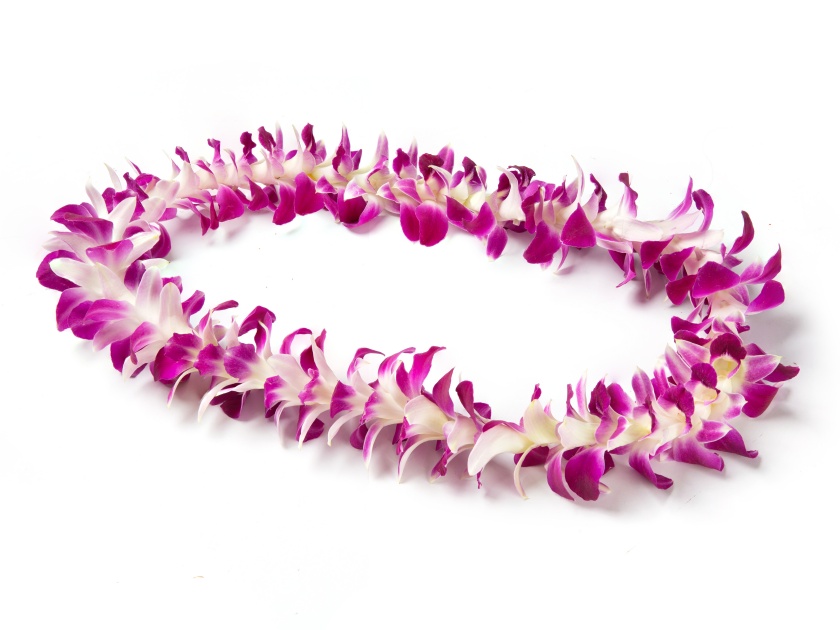
The Purple Single Orchid Lei is a vibrant and elegant choice, reflecting the natural beauty of Hawaii. This lei is crafted from the stunning purple orchids, known for their long-lasting freshness and striking color. These orchids are carefully strung together in the traditional Kui style, resulting in an exquisite garland that radiates a sense of tropical elegance, making it a perfect choice for various occasions, from weddings to graduations.
3. Haku Lei

The Haku Lei is a traditional Hawaiian lei that finds its roots in the ancient art of lei making. Known for its intricate and detailed craftsmanship, this lei is typically fashioned as a headpiece, adorning the wearer’s head like a crown of natural beauty. Typically woven with a base of braided ti leaf or raffia, the Haku Lei is embellished with a vibrant array of flowers and foliage, showcasing a rich tapestry of colors and textures. Each element is thoughtfully woven into the lei, creating a beautiful pattern that reflects the creativity and artistry of the lei maker. Commonly used materials include ferns, leaves, and flowers like Plumeria and Orchids, each contributing to the lei’s unique aesthetic. The Haku Lei is often worn at celebrations and significant events, symbolizing honor and high importance. Wearing a Haku Lei is more than just a fashion statement; it’s a nod to Hawaiian culture and tradition, a tangible connection to a rich and vibrant heritage.
4. Double Tuberose Lei

The Double Tuberose Lei is another beautiful representation of Hawaiian culture, imbued with a wonderful fragrance that captures the spirit of the islands. Crafted from delicate tuberose flowers, this lei showcases a double arrangement, giving it a lush, full appearance. Tuberose, a nocturnal flower, is known for its captivating scent, which intensifies at dusk. The white petals of the tuberose contrast beautifully with the traditional greenery, making this lei an exquisite choice for celebrations. Symbolizing love, unity, and mutual respect, the Double Tuberose Lei offers a sweet aroma that lingers, creating an unforgettable experience for the wearer. It’s a popular choice for weddings, anniversaries, and significant ceremonies, adding a touch of Hawaiian charm and elegance to any event.
5. Butterfly Lei
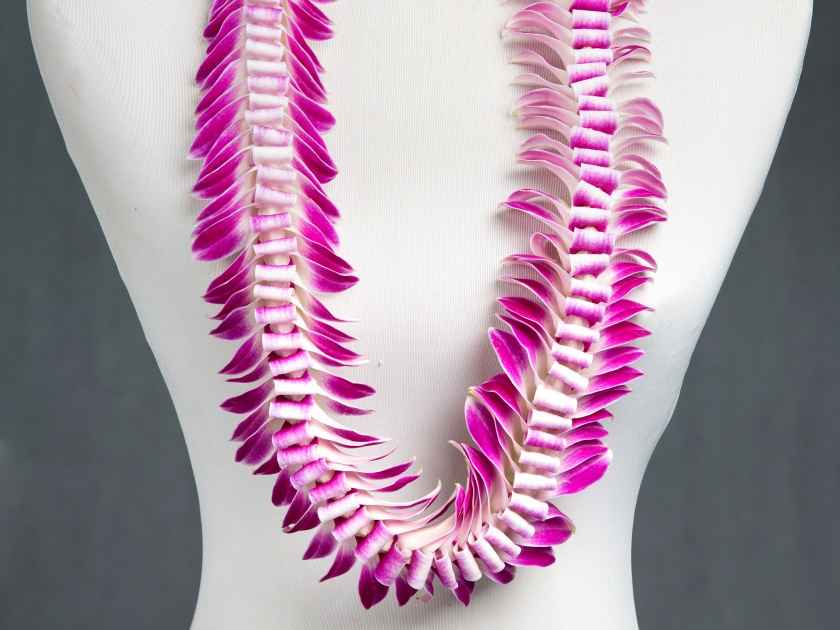
The Butterfly Lei, known for its unique and captivating design, is an exquisite symbol of transformation and beauty, mirroring the elegant journey of a butterfly. This lei is typically created using a variety of vibrant flowers such as orchids and plumerias, arranged in a distinctive pattern that resembles the delicacy and enchanting form of a butterfly. Each flower is carefully folded and woven together, resulting in a mesmerizing display of color and beauty. The Butterfly Lei is more than just a floral adornment, it is a testament to the meticulous craftsmanship and artistic flair of the lei maker. Its unique design not only captures the eye but also the heart, making it a popular choice for celebrations that mark a significant transformation or milestone in life, much like a butterfly emerging from its cocoon. Echoing the vibrant and transformative spirit of Hawaii, the Butterfly Lei is a wearable work of art that embodies the joy and celebration of life’s most special moments.
6. Pikake Lei

The Pikake Lei is a delicate, yet royal tribute to the fragrant beauty of Hawaii. Named after the Hawaiian word for “Peacock,” it was adored by Princess Ka’iulani, who was fond of both the birds and the blossoms. Composed of the subtly sweet and seductive Pikake flowers, this lei is esteemed for its divine fragrance and its significance in Hawaiian culture. Pikake, also known as Jasmine, is highly revered due to its exquisite scent, which has a hint of mystique and romance. The petite, white blossoms are tightly strung together in the Kui method, forming a lei that is simple in appearance but rich in tradition and symbolism. The Pikake Lei is not only a symbol of Hawaii’s natural beauty but also a testament to love and passion. Due to its romantic connotations, it’s commonly used in weddings and other intimate celebrations. Adorning yourself with a Pikake Lei is like wearing a fragrant whisper of Hawaiian history and nobility.

7. Micronesian Ginger Lei
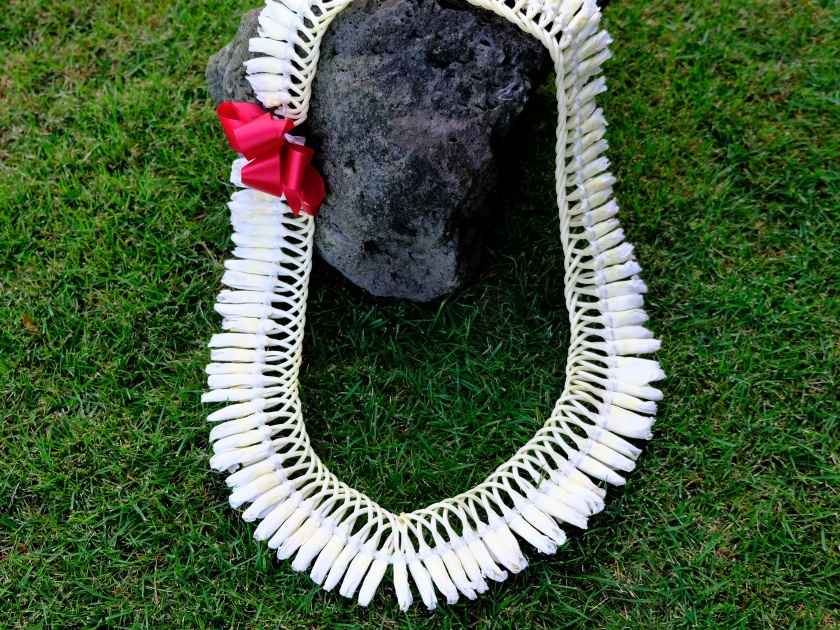
Among the diverse range of Hawaiian leis, the Micronesian Ginger Lei stands out for its distinctive charm and aromatic allure. This lei is traditionally made from the red or white flowers of the awapuhi, or ginger plant. Known for their invigorating scent and vibrant color, ginger flowers add a refreshing touch to the traditional Hawaiian lei. In the Micronesian style, the ginger flowers are woven together in an intricate pattern that showcases the skilled craftsmanship of the lei maker. The Micronesian Ginger Lei is often given as a token of love and affection, making it a popular choice for special occasions and romantic events. Its powerful fragrance and striking appearance embody the spirit of Aloha and the rich cultural heritage of Hawaii.
Different Weaves of Lei
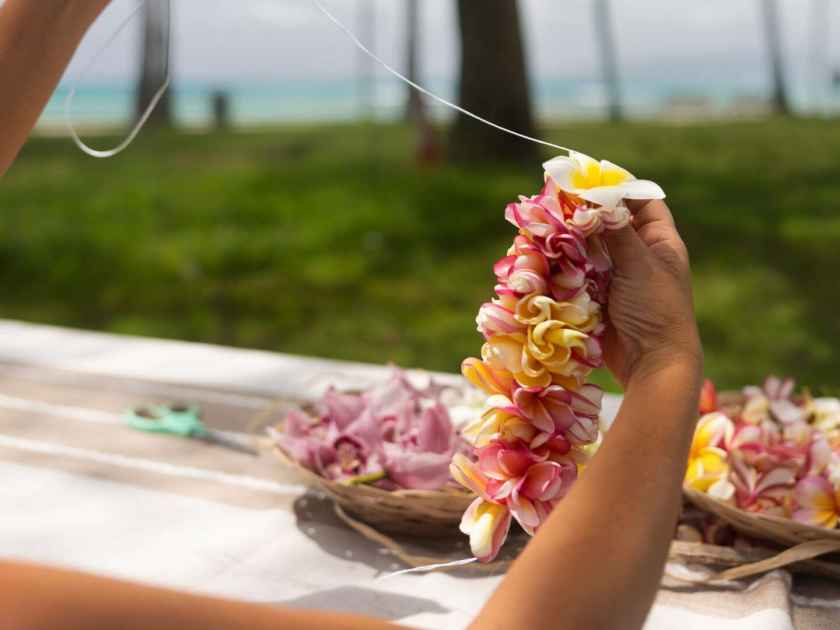
- Kui – This is the most common style and it is made by piercing and stringing flowers, nuts and other materials. For a lei kui, you use a long lei needle, usually at least eight inches or longer, and the lei materials are threaded and then strung together till it looks like a necklace. Many different types of flowers are used, but the most popular are plumeria and orchid.
- Hilo – Often made with ti leaves, hilo lei is crafted like a rope. The ti leaf is softened by using the heat of your hand, or if you need to speed things up, a microwave or ironwork too! If you have more time, you can put the leaves in the freezer overnight. The ti leaf is then twisted together to fashion a lei that can be either open-ended or worn as a circle around your neck, head, wrists or ankles. A Hilo lei can be quite messy to craft since the leaves give off green plant juice. While you twist the leaves, it can get very sticky!
- Hili – This form of lei, unique in its simplicity, utilizes a single material throughout, epitomizing elegance in minimalism. Traditionally, the Hili lei is crafted by intricately braiding together at least three strands of durable materials like ferns or vines, resulting in a robust and rustic adornment that carries an understated charm.
- Haku – This mounted style of lei begins with a braid. The chosen material, be it flowers, leaves, or even tree bark, is then meticulously woven into each braid wrap to bind it to the strands. Historically, long leaves or tree bark were often employed to create the base braid, providing a sturdy and natural foundation that beautifully complements the colorful array of flowers.
- Hipu’u – The Hipu’u style is another fascinating type of lei. This knotted form of lei is made much in the same way as a daisy chain. Each stem is knotted together and the next stem is then strung through the knot to make the chain. The Hipu’u lei can be crafted with various types of flowers or leaves, increasing the beauty and diversity of the lei. This type of lei is not just beautiful, but also symbolic of unity and connectedness, reflecting the interconnectedness of life and nature.
- Humu – This style involves a method of braiding or plaiting, where decorative materials are basted onto a base material, often a strand of raffia or tea leaf. The material is attached with a sewing stitch, creating an overlapping pattern that resembles scales. This method allows for a variety of materials to be used, including flowers, greenery, seeds, or even shells, resulting in a stunningly textured and richly detailed lei.
- Wili – The Wili style is a prime example of the twisting method in lei-making. Materials, such as flowers, ferns, and leaves, are cut into short lengths and held in place with a coil wrapped around them. This wrapping is often made of raffia, a type of palm fiber, which serves as both a structural component and a decorative element. The result is a lush and beautifully textured lei that can be worn as a crown or around the neck, expressing the deep honor and respect associated with this Hawaiian tradition.
When Do You Wear a Lei?
The wearing of a lei is not restricted to any specific occasion in Hawaiian culture. It is an all-purpose item that can be worn at any time, whether during festive occasions, celebrations, or even on a regular day. The lei is often presented to visitors arriving in Hawaii as a symbol of aloha or worn during hula performances. It’s also common to wear a lei during important life events:
- Birthdays
- Graduation
- Wedding
- Anniversaries
Traditional Airport Lei Greetings

Picture yourself stepping off the plane and immediately immersing yourself in the Aloha spirit with this delightful first taste of Hawaiian hospitality. As an integral part of the Hawaiian experience, HawaiiActivities.com offers airport lei greetings at the major airports: Honolulu Airport (Oahu), Lihue Airport (Kauai), and Kona Airport (Big Island). Upon your arrival, be ready to be greeted with a warm “Aloha!” and a beautiful, handcrafted lei. Each lei, delicately crafted from local flowers, embodies the spirit of Aloha, echoing Hawaii’s rich cultural history. Trust us, there’s no better way to start your Hawaiian vacation.
Lani
Lani, our resident Website Content and Hawaiian Cultural Specialist, is originally from Tokyo, and now splits her time between New York City and Honolulu. When she isn't hard at work, she can always be found dancing hula, finding her inner mermaid while swimming, and baking up storm!


